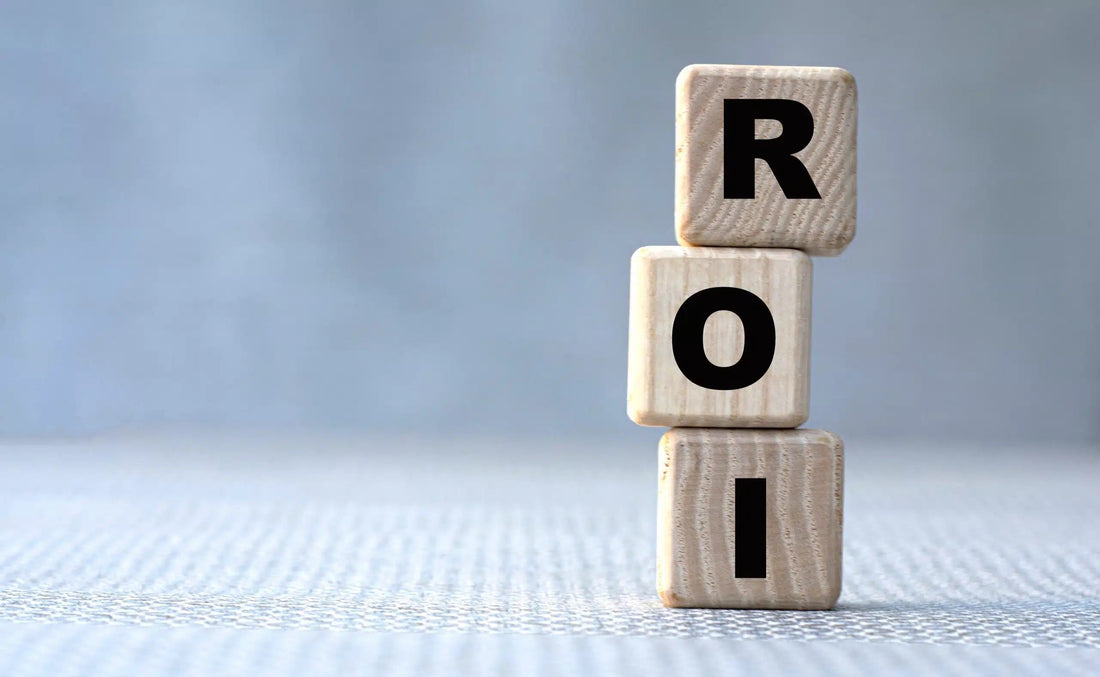
Markiserv in the News: What Is ROI in Marketing?
Share
Markiserv was featured in another article on Marketing ROI and how it influences businesses. A brief summary will be below followed by our feature. This article was written by Taboola!
Marketing Return on Investment (ROI) is a critical metric that quantifies the revenue generated from marketing efforts relative to the expenses incurred. It serves as a gauge for the effectiveness and profitability of marketing strategies, enabling businesses to make informed decisions about resource allocation.
Understanding Marketing ROI
At its core, marketing ROI assesses the financial return resulting from marketing activities. A commonly accepted benchmark is a 5:1 ratio, meaning that for every dollar spent on marketing, five dollars in revenue are generated. This ratio indicates a successful campaign, whereas a lower ratio may suggest the need for strategy reassessment.
Factors Influencing Marketing ROI
Several elements can impact the ROI of marketing campaigns:
Target Audience Understanding: Accurate knowledge of the target demographic ensures that marketing efforts resonate with potential customers, enhancing engagement and conversion rates.
Channel Selection: Choosing the right platforms—such as social media, email marketing, or content marketing—affects the reach and effectiveness of campaigns.
Content Quality: Compelling and relevant content attracts and retains customer interest, driving higher conversion rates.
Timing and Frequency: Strategic timing and appropriate frequency of campaigns can significantly influence customer responsiveness and sales outcomes.
Challenges in Measuring Marketing ROI
While calculating ROI provides valuable insights, it comes with challenges:
Attribution Complexity: Determining which marketing efforts directly lead to sales can be complex, especially with multi-channel strategies.
Long Sales Cycles: For products or services with extended decision-making processes, immediate ROI measurement may not capture the long-term value of marketing efforts.
Intangible Benefits: Brand awareness and customer loyalty, while valuable, are harder to quantify in direct revenue terms but significantly contribute to long-term success.
Enhancing Marketing ROI
To improve marketing ROI, businesses can:
Utilize Data Analytics: Leveraging data helps in understanding customer behavior and refining strategies for better engagement.
A/B Testing: Experimenting with different campaign elements to identify what resonates best with the audience can optimize performance.
Budget Optimization: Allocating resources to the most effective channels ensures maximum return on investment.
Continuous Monitoring: Regular assessment of campaign performance allows for timely adjustments and sustained effectiveness.
In conclusion, understanding and effectively measuring marketing ROI is essential for businesses aiming to maximize the profitability of their marketing endeavors. By focusing on accurate data collection, strategic planning, and continuous optimization, companies can enhance their marketing ROI and achieve sustainable growth.
Markiserv's Feature:
Calculating your ROI can be like trying to build a train while it’s already running down the tracks. You can’t just pause customer activity — such as their awareness and engagement with a brand and their actual spending — so knowing which time periods to study can be a challenge.
It can also be hard to quantify different types of successes or shortcomings. “Conversion or revenue generation is important, but some marketing tactics are not just measured by sales success alone,” says Ryan Anderson, president of Markiserv. “Conversion can also mean form sign-ups, increasing the lead pipeline for sales, building awareness, getting engagement, website or page visits, email sign-ups — they can all equate to ROI to a marketer, depending on the desired result.”
Then, of course, there’s always the chance of encountering false negatives and false positives. A spike in perceived ROI may actually have been caused by enhanced product category awareness based on something totally separate from your marketing work, such as an unexpected celebrity endorsement or mere association. So, too, might factors beyond your control drive sales down for a while — an outbreak of avian flu may drive up egg prices and drive down the sales of ingredients for baked goods just when you were marketing a new cookie batter, to give an example.
